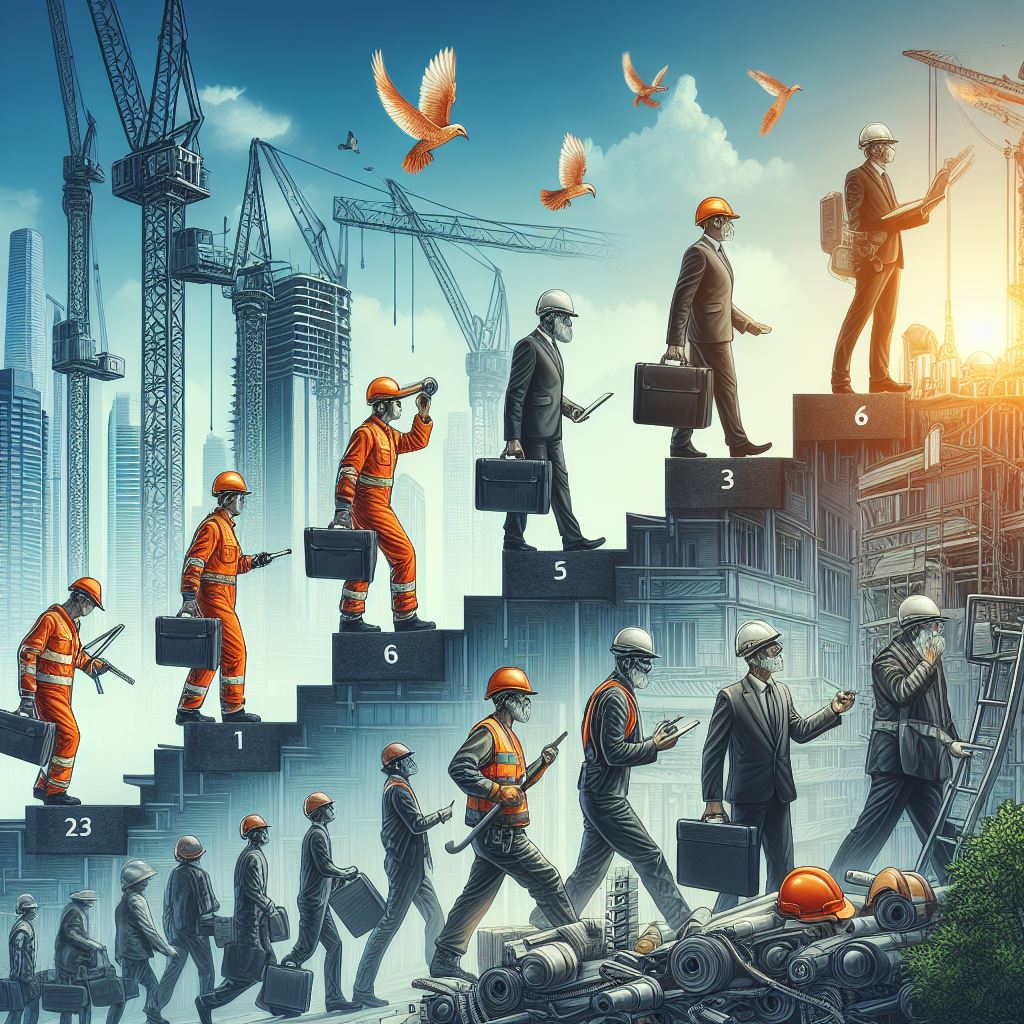Early 20th Century: A Dangerous Beginning
In the early 20th century, the construction industry was largely unregulated, and workers faced hazardous conditions daily. High fatality rates were common, and safety measures were virtually non-existent. The emphasis was on completing projects quickly and efficiently, often at the expense of worker safety.
1930s-1940s: The Birth of Safety Standards
The first safety standards began to emerge in the 1930s and 1940s. These standards focused on specific hazards like falls and electrical risks, laying the groundwork for future safety regulations. This period marked the beginning of a gradual shift towards recognizing the importance of protecting workers on construction sites.
1960s-1970s: The OSHA Era
A significant milestone in construction safety came with the enactment of the Occupational Safety and Health Act (OSHA) in the United States during the early 1970s. OSHA mandated employers to provide a safe work environment, bringing about a new era of accountability and regulatory oversight. This legislation was pivotal in establishing comprehensive safety protocols across various industries, including construction.
1980s-1990s: Safety Awareness Campaigns
The 1980s and 1990s saw a surge in safety awareness campaigns and training programs. These initiatives emphasized the importance of personal protective equipment (PPE) and hazard recognition. The focus was not just on compliance but on fostering a culture of safety where every worker understood their role in maintaining a safe work environment.
2000s: Learning from Tragedy
The early 2000s were marked by several major disaster incidents that significantly impacted safety regulations and awareness:
- The Bradford City Stadium Fire (1985): This tragic event in the UK, which killed 56 people and injured many more, underscored the importance of fire safety and emergency preparedness.
- The Texas City Refinery Explosion (2005): In the US, this explosion killed 15 workers and injured many others, highlighting the need for stringent process safety and risk management protocols.
Present Day: Continued Vigilance
In recent years, further tragedies have reinforced the need for robust safety measures:
- The Grenfell Tower Fire (2017): This devastating fire in London, which claimed 72 lives, raised serious concerns about building safety and regulatory compliance.
- The Bangladesh Garment Factory Collapse (2013): This catastrophic event, which killed over 1,100 workers, highlighted the critical need for improved structural integrity and worker safety, especially in developing countries.
The Importance of Human Life
Human life is invaluable for several reasons:
- Every individual possesses inherent value and worth.
- Human life is precious and irreplaceable.
- The loss of a life profoundly impacts families, communities, and society.
- Protecting human life is a moral and ethical obligation.
- Safe working conditions are essential for human well-being and dignity.
Promoting Safety Awareness
Major disaster incidents have driven increased safety awareness, focusing on:
- Fire safety and emergency preparedness
- Process safety and risk management
- Structural integrity and building safety
- Worker training and engagement
- Regulatory compliance and enforcement
Conclusion
Safety awareness has become the lifeline for workers in the construction industry, protecting them from harm and ensuring they return home safely after each workday. By prioritizing human life and safety, we can prevent tragedies and create a better future for all.
Information gathered by Alnoor Gadiya, Tech IOSH, NEBOSH IGC.
